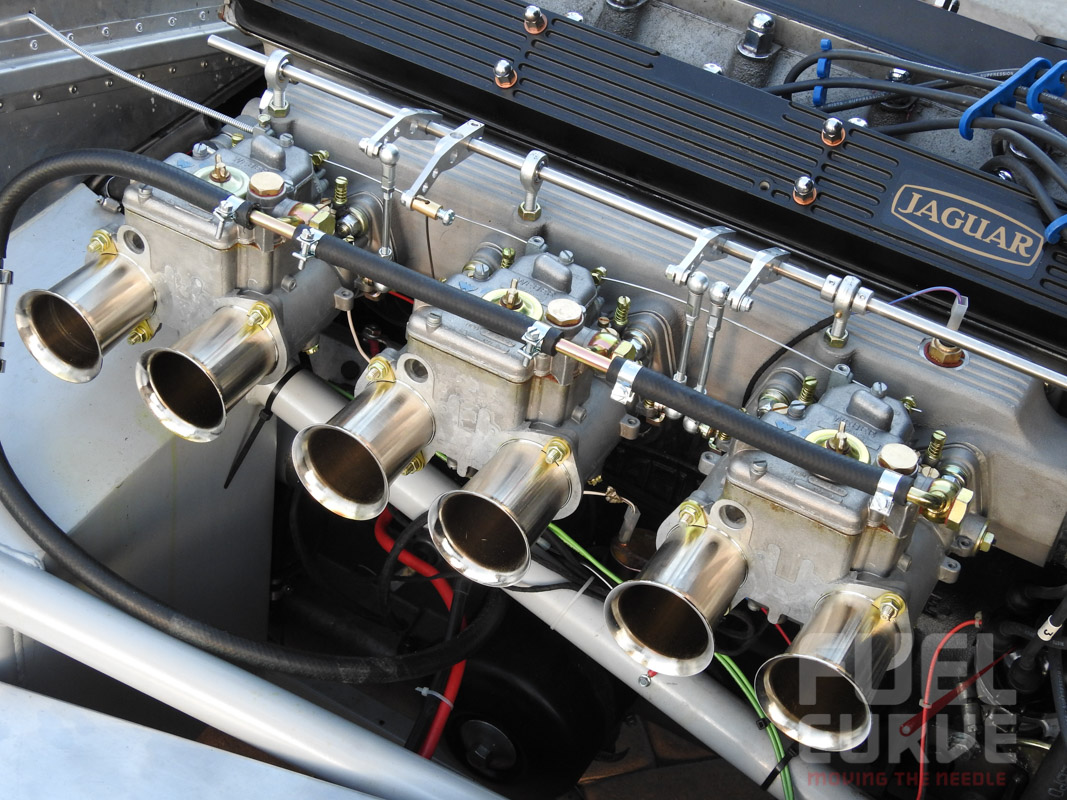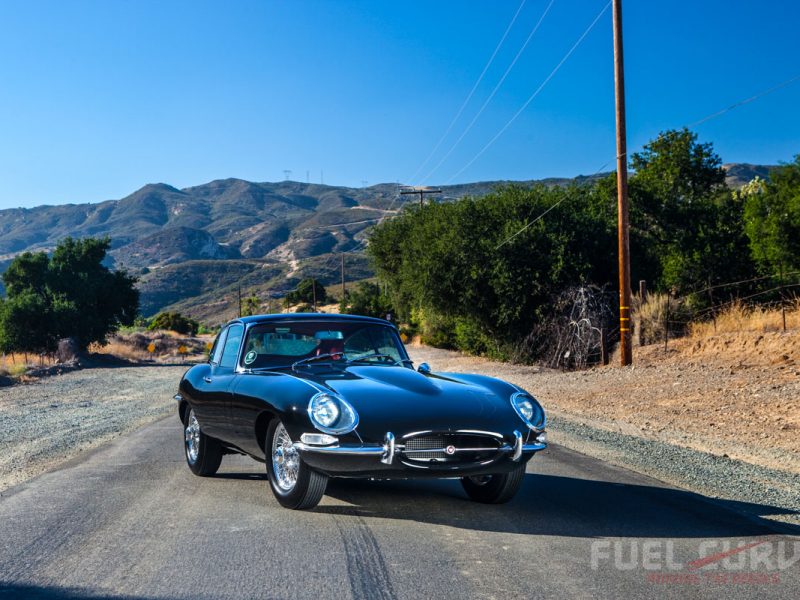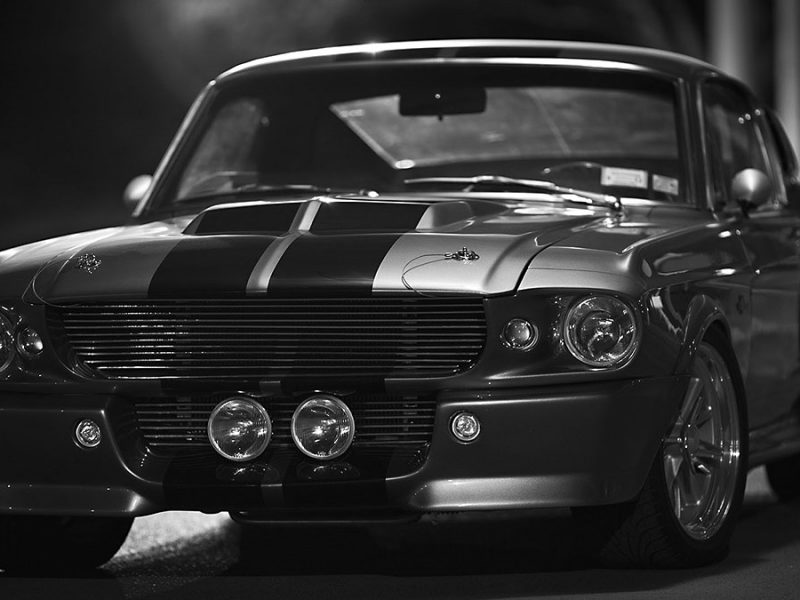Heritage C-Type – A Replica Jaguar XK120C
From guest author, David Fetherston
With Pebble Beach collector car auction values reaching into galactic regions, many have become too precious to risk driving on the roads. One such example is the 1953 Works Jaguar C-Type (XK120C) that recently sold for $13.2 million! For you, there’s hope in the recent availability of a high-grade replica, like the Heritage C-Type.
The C-Type was a favorite of Sir Sterling Moss and had proven itself over and over again by winning such grand events as Le Mans in 1951 when it beat the second place winner by an astounding 77 miles. That made it the first British car to win the race in nearly 20 years. They won again in 1953 in a 1, 2, 4 victory.
The Heritage C-type is an exact replica, except that the cockpit was stretched two inches to make the car more drivable—purely practical. The body and chassis were taken off a factory C-Type many years ago before they skyrocketed in value, so both the structure chassis and body are authentic to the period.

The front suspension uses Jaguar A-arms with adjustable coil-over spring shock assemblies, sway bar, disc brakes, rack and pinion steering, and a Jaguar XJ-6 Series II sedan rear IRS suspension. The IRS is reworked with new wishbones and drive shafts with the coil-over spring shock assemblies, while the wheels are Jaguar wires wrapped in 16-inch 205/70 radial tires.
The brake and clutch pedal boxes use original style, floor-mounted pedals that are adjustable with a hanging, cable-actuated throttle pedal. The clutch is hydraulic, while the brakes feature a power servo unit with all hard and flexible brake lines pre-installed, along with brake lights, period-correct handbrake, and cable assembly.
The interior and cockpit dash are built just like the original. The seats are trimmed in leather. The dash uses real Jaguar gauges, controls, and hard aluminum paneling. All the wiring and switches, aero-screens, seats belts and carpet are also exact replicas.
Engine options are open, but this one features a rebuilt 1974 4.2-liter XJ-6 six-cylinder that carries the DNA of the original straight–six, twin cam C-Type motor. With this installation, the 1974 4.2-liter motor used a pair of SU HD-6 carburetors with custom air cleaners originally. Since then, the owner has updated it with triple Webers.

Now, its three 45mm Weber DCOE twin-choke carburetors help produce not only an amazing power punch, but the most audacious, and heart-warming sound under full throttle from both the intake and the original-style side exhaust. A super-tough Toyota Supra five-speed provides the strength and feel that a Jag’ racecar like this should have.
This is one spectacular car to drive and be seen in. It feels solid and controllable, just as the original engineers designed.
The rack and pinion steering and the all-independent suspension make it one comfortable and assured driving machine. Turn-in is sharp and clean, and the four-wheel disc brakes, while not current race car quality, will certainly slow this lightweight machine down to zero without a problem. Throw it hard into a turn and you can power slide it out nicely, or just drive it quietly like a regular sports car.
Here’s a great way to get a multi-million dollar car for under $80,000. This C-Type replica makes it quick and easy to get a beautiful classic racecar on the road or the track for weekend play. Its nearly perfect historic persona and the ton of grunt make it a blast to drive. Mix this with its quality construction, great style, and its wonderful racing heritage, and you suddenly have an eye-catching historically accurate machine that is worth every cent. Drive on…
[foogallery id=”8259″]



